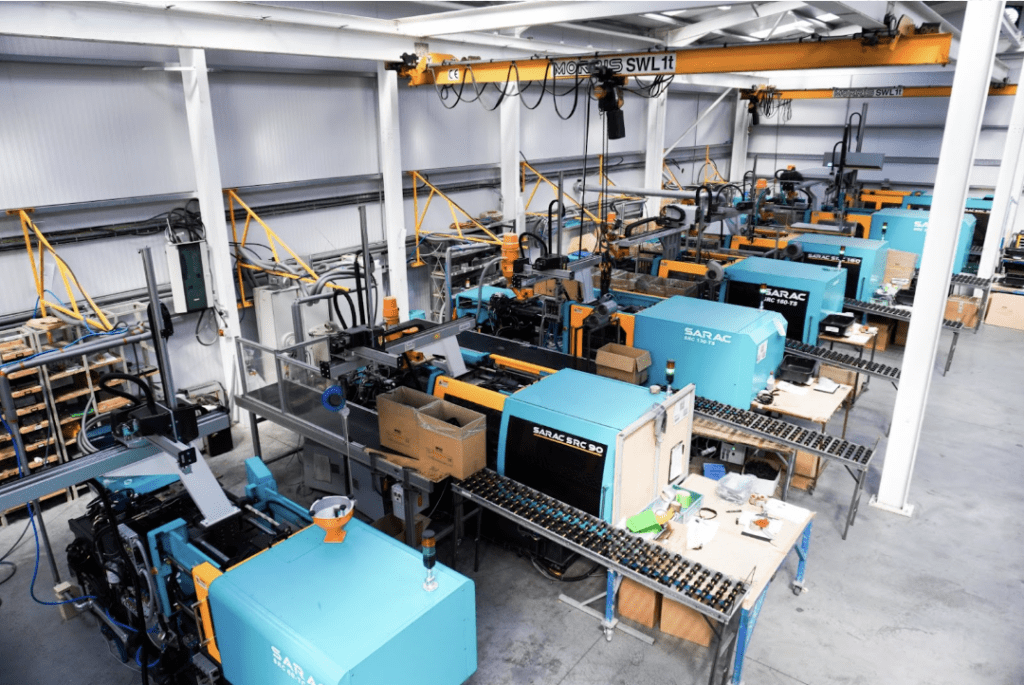Injection Moulding or 3D Printing – When to Choose Which?
When it comes to the manufacturing of plastic parts, two common methods are either injection moulding or 3D printing. With both methods being suitable for different things and having their advantages, you may be wondering which is best for your project, we’re here to make your decision easier. Luckily, no matter the method you choose, we can support you with both. Here at Protomould Plastics, we’re experts in injection moulding and by working closely with our sister company, Plas Tech, we’re able to direct you to a 3D printing service!
What is Injection Moulding & 3D Printing?
Injection moulding is a process in which molten plastic is injected into a mould, the mould is the inverse of the object and is typically made from aluminium or steel. Once the molten plastic is injected, it is left to cool down and harden. Once cooled, the part is ready.
3D printing is also referred to as additive manufacturing which means that the product is built layer by layer. 3D printing is becoming more common across a range of sectors and can be efficient in producing low-volume plastic parts cost-effectively.

Which Method Should You Use?
When choosing a manufacturing process, it’s crucial to choose the right one to ensure you don’t incur any future additional costs.
Injection moulding is a good manufacturing process when you need many of the same parts created efficiently. Injection moulded parts are also often stronger than 3D printed parts as it is all one mould and there aren’t any weak points. Additionally, injection moulding produces little to no waste as it uses the exact amount of material needed. Despite the design complexity of creating a CAD design for injection moulding, we have in-house technicians and tooling experts to ensure you receive the perfect part.
3D printing is typically more appropriate when you either have a very low production volume or are looking for a prototype part, this is due to the quicker turnaround time and the ability to easily adapt the 3D design to reproduce another prototype. When creating a smaller batch of parts, 3D printing could be the more cost-effective option compared to injection moulding.
Overall, the method you should choose completely depends on your requirements at the time. If you need a prototype part before you begin the bulk manufacturing process then 3D printing is recommended due to its turnaround time, easy adaptability and lower costs. However, If you need to produce the same part over and over again with complete consistency and accuracy, we’d strongly recommend investing in injection moulding.
If you’re looking for a bespoke plastic moulding company to meet your injection moulding requirements, get in touch with our team today!
